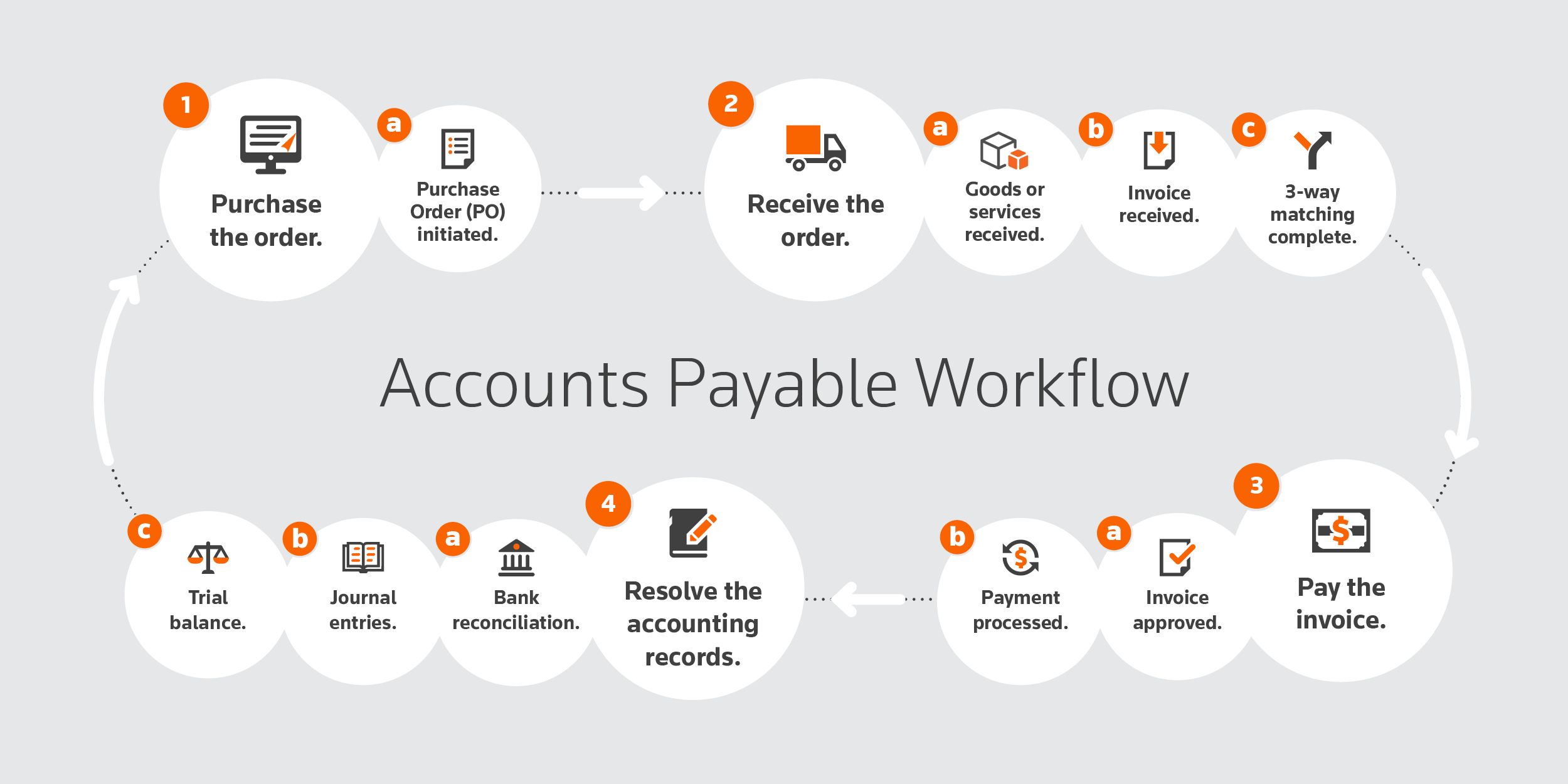Streamlining Your Business with Accounts Payable Workflow and Automation
Streamlining Your Business with Accounts Payable Workflow and Automation
Blog Article
Efficient management of accounts payable (AP) is critical for the smooth operation of any business. With the advent of digital tools and technologies, traditional AP processes are evolving rapidly. This article delves into the essentials of an accounts payable workflow and the transformative benefits of accounts payable automation.
Understanding Accounts Payable Workflow
The Anatomy of an Accounts Payable Workflow
An accounts payable workflow refers to the step-by-step process that a company follows to manage its outstanding invoices and vendor payments. This workflow typically includes the following stages:
- Invoice Receipt: This is the initial stage where the business receives invoices from vendors. Invoices can arrive in various formats such as paper, email, or digital submission through a vendor portal.
- Invoice Verification: Once received, invoices must be verified for accuracy. This involves checking the invoice details against purchase orders and delivery receipts to ensure that the goods or services billed were indeed received and correctly priced.
- Approval Process: Verified invoices are then routed for approval. Depending on the organization’s policies, this may involve multiple levels of approval from different departments or managers.
- Payment Processing: After approval, the invoices move to the payment stage. Payments are scheduled and executed according to the payment terms agreed upon with the vendors.
- Recording and Archiving: Finally, payment details are recorded in the company's accounting system, and the invoice is archived for future reference and auditing purposes.

Challenges in Traditional Accounts Payable Workflows
Traditional AP workflows are often plagued by inefficiencies and manual errors. Common challenges include:
- Paper Invoices: Handling physical invoices can be cumbersome and prone to loss or damage. Paper-based systems also slow down the processing time significantly.
- Manual Data Entry: Manually entering invoice data into accounting systems is not only time-consuming but also increases the risk of data entry errors.
- Approval Bottlenecks: Without a streamlined process, invoices can get stuck waiting for approvals, leading to delays in payments and potential penalties.
- Lack of Visibility: Traditional systems often lack real-time visibility into the status of invoices and payments, making it difficult for businesses to manage their cash flow effectively.
Revolutionizing Accounts Payable with Automation
What is Accounts Payable Automation?
Accounts payable automation involves using software solutions to digitize and streamline the AP process. Automation tools can handle various aspects of the workflow, from invoice capture and data extraction to approval routing and payment processing.
Key Features of Accounts Payable Automation
- Electronic Invoice Capture: Automation systems can receive invoices electronically, eliminating the need for paper handling. Invoices can be captured via email, scanned into the system, or directly uploaded by vendors.
- Automated Data Extraction: Advanced automation tools use optical character recognition (OCR) and machine learning algorithms to extract invoice data accurately and populate the accounting system without manual entry.
- Streamlined Approvals: Automated workflows can route invoices to the appropriate approvers based on predefined rules. This significantly reduces approval times and ensures compliance with the company’s policies.
- Automated Payments: Automation systems can schedule and execute payments automatically, ensuring timely payment and taking advantage of early payment discounts when available.
- Real-Time Reporting and Analytics: With automated systems, businesses gain real-time visibility into their AP processes. This helps in better cash flow management and provides insights for strategic decision-making.
Benefits of Implementing Accounts Payable Automation
- Increased Efficiency: Automation reduces the time spent on manual tasks, allowing staff to focus on more strategic activities.
- Error Reduction: By minimizing human intervention, automation significantly reduces the chances of errors in data entry and payment processing.
- Cost Savings: Businesses can save on costs related to paper handling, storage, and labor. Additionally, automation can help avoid late payment penalties and take advantage of early payment discounts.
- Improved Supplier Relationships: Timely and accurate payments foster better relationships with vendors, potentially leading to more favorable terms and conditions.
- Enhanced Compliance and Security: Automated systems ensure that all invoices and payments comply with internal controls and regulatory requirements, reducing the risk of fraud and non-compliance.
Conclusion
In today’s fast-paced business environment, optimizing the accounts payable process is essential for maintaining operational efficiency and financial health. Embracing accounts payable automation transforms the traditional workflow, delivering unparalleled benefits in terms of speed, accuracy, and cost savings. As technology continues to advance, businesses that adopt automated AP solutions will be well-positioned to thrive in an increasingly competitive landscape.
Report this page